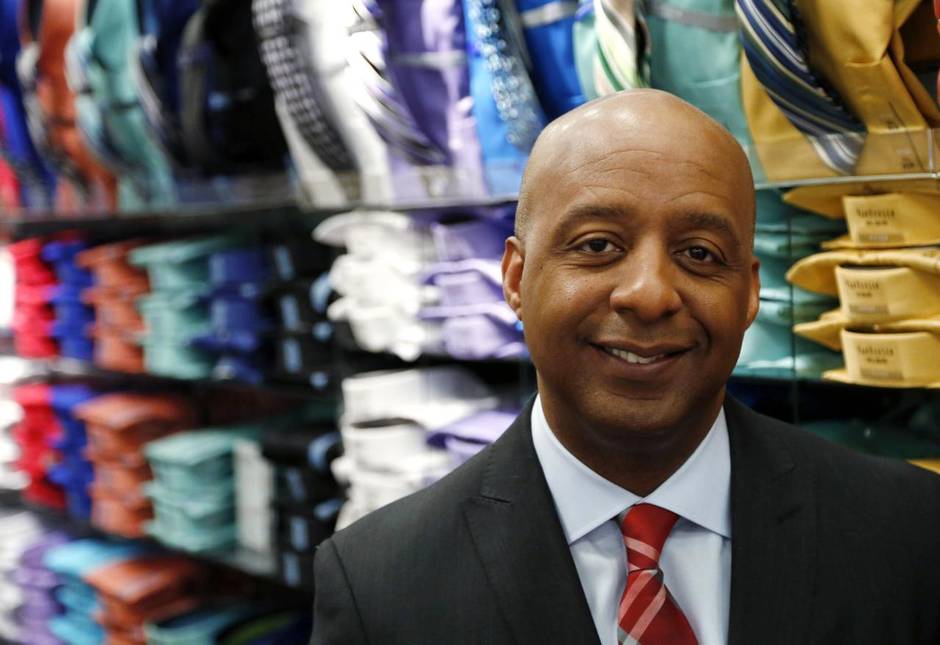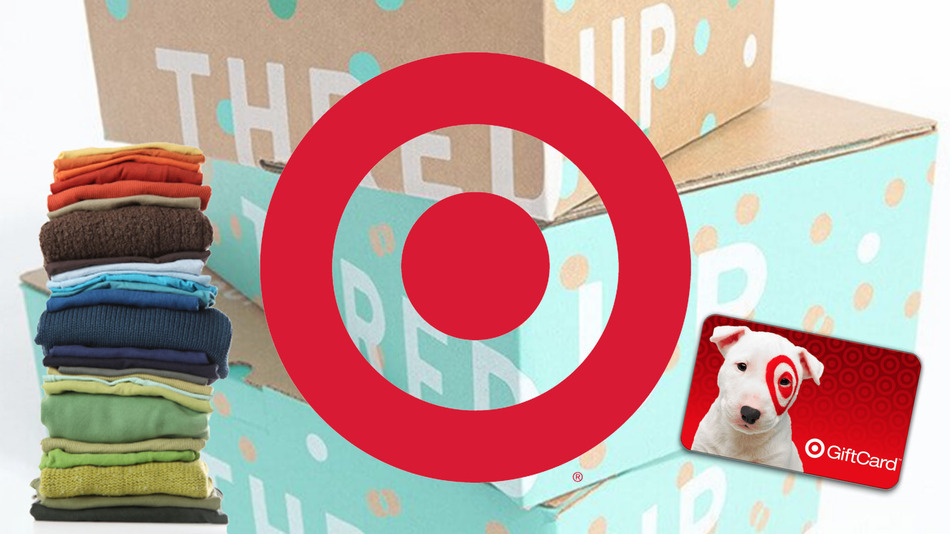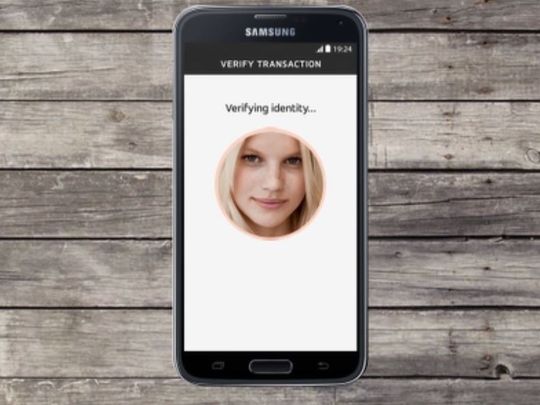J.C. Penney CEO Marvin Ellison Focused on Building Customer Loyalty

Crowds are following Marvin Ellison around these days.
When the J.C. Penney CEO spoke to a gathering of Dallas retail executives on a Wednesday night in September, the turnout was a couple hundred people, more than the local industry group usually gets.
The same thing happened earlier last month at the Goldman Sachs Annual Global Retailing Conference. The half-empty room filled up when it was Ellison’s turn at the podium.
He’ll be talking to the retail industry again Thursday afternoon at the Texas A&M Retailing Summit at the Westin Galleria in Dallas.
Ellison is spreading the word about what’s next for J.C. Penney after his predecessor, Mike Ullman, stabilized a company that had been on the brink of disaster.
“We have not arrived, but we have left,” is the way he phrases where Penney stands in its turnaround efforts.
Perhaps Penney has been too broad in defining who its customer really is, he said. “If you don’t know where you are going, any road will take you there.”
His point is that retailers can dilute their focus, and Penney may have done that as it tried to be “the favorite department store for middle America.”
His strategy: focus on fostering customer loyalty.
Some 87 million customers that Penney had before former CEO Ron Johnson’s attempt to reinvent the department store have returned. But other shopping habits they acquired during 2012-13 when Penney lost $6 billion in sales are hurting the chain now.
‘In the wilderness’
Ellison calls that period “18 months in the wilderness” and said he was shocked to find that local store data about product assortments had been wiped out and systems had been unplugged.
And while every other retailer was fixated on its “omnichannel” — creating a seamless shopping experience across stores and online — Penney’s online business was ignored.
The company has a massive network of distribution centers, a legacy from its catalog days, but Ellison said he found systems that don’t talk to each other and other technical issues. That’s hurting the company’s plans to make shopping more seamless for the customer, both online and in stores.
Penney is behind, he said, on online shopping conveniences like same-day, in-store pickup for online purchases.
Ellison’s first big moves when he took over as CEO in August were to bring in new people to head up the supply chain and the omnichannel.
Penney’s customers are shopping less frequently, and when they do come into the store, they buy less, Ellison said.
These days, everyone has a loyalty program that rewards customers for spending.
Ellison plans to change Penney’s program, which he says is “very confusing, costs us a lot of money and the customer hates it.”
A new one will be launched next year, he said.
“We have great data; we just aren’t using it,” Ellison said.
The company is trying to convert more of its marketing from print to digital. It’s a tough sell inside the company, which was also the case when he was at Home Depot, he said.
“Our marketing has to be more specialized,” he said. “Part of the effort to get more customers to spend more with us will require more focused messages.”
Building brands
In the stores, the company is rebranding its salons with In Style magazine and adding more beauty brands and products. It recently created a private brand to compete with fast-fashion retailers.
Penney has always been a destination for special sizes, including children’s, petites and plus sizes for women. To capitalize on that, Penney is adding more fashion to its women’s plus-size business, upgrading styles and adding brands such as Levi and Bisou Bisou.
This week, Penney opened a new in-store concept, branding its plus-size department the Boutique. Twelve stores are testing the Boutiques, which range from 3,000 to 5,000 square feet. The chain plans to add it to more stores next spring, and the Boutique is also online.
Penney’s store at Town East Mall in Mesquite was the first to get the expanded selection locally. Penney is also adding plus sizes to juniors, said Siiri Dougherty, senior vice president over women’s and salons.
“It’s an underserved market, and we’re good at it, but we can be even better,” Dougherty said.
At the center
Ellison also wants to work on the middle of the stores. The Sephora shops can feel like an oasis into the desert, he said. Penney wants to position neighboring departments in a way that makes sense to that shopper.
He’s also on board with an initiative Ullman started while he was CEO to separate men’s and women’s shoe departments.
“You don’t have to be a great merchant to know men don’t like to try on shoes next to women,” he said.
Penney needs to give customers more reasons to shop there, Ellison said.
“We know who we are, and we’re not ashamed of us. The customer loves us, and we need to love them back,” he said.
Source: Dallas News
Article by Maria Halkias, Staff Writer
MEDIA CONTACT:
KATY LASEE | MARKETING DEPT.
651 554 8533
KRLasee@traveltags.com
TAGS:
Loyalty, Rewards and Membership,
trends






